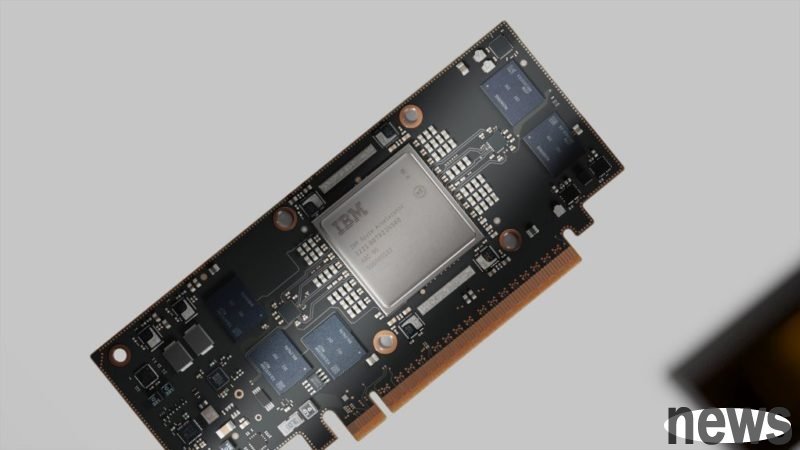
Blue giant IBM announced that it has fully launched the Spyre AI chip and officially put it into commercial application. This is an AI chip that enables enterprise low-latency inference, supporting both generative and agent-based AI applications while prioritizing the security and resiliency of core work execution. Earlier in 2025, IBM had confirmed that Spyre AI chips would be available on z17, LinuxONE 5 and Power11 systems.
IBM states that today’s IT environments are shifting from traditional logical workflows to agent AI inference, which requires low-latency inference and instant system responsiveness. It also ensures the security and resiliency of core data, transactions and applications to enable customers to keep mission-critical data on-premises, reduce risk and improve energy and operational efficiency. IBM brings the Spyre AI chip, which demonstrates IBM's strong transformation capabilities from research to products and integrates the breakthrough innovations of IBM Research's Artificial Intelligence Hardware Center with the enterprise-level development results of IBM's infrastructure department.
The Spyre AI accelerator is manufactured using Samsung's 5LPE process technology. It has a core area of 330 square millimeters and integrates 25.6 billion transistors. It is a purpose-built enterprise-level AI chip that provides scalable functionality for complex AI models and generative AI use cases. It has 32 computing cores, shares a similar architecture with the Telum II integrated AI chip, and is placed on a 75W power-consuming PCIe expansion card. Multiple Spyre AI chips can be connected to the I/O subsystem of IBM Z via PCIe, and up to 48 expansion cards can be deployed in an IBM Z or LinuxONE system cluster, or 16 expansion cards can be clustered in an IBM Power system to further expand AI performance.
According to IBM's plan, the Spyre AI chip will be launched in z17 and LinuxONE 5 systems on October 28, 2025, and then land on Power11 servers in early December. By then, IBM will also take this opportunity to compete for business opportunities related to enterprise AI construction.